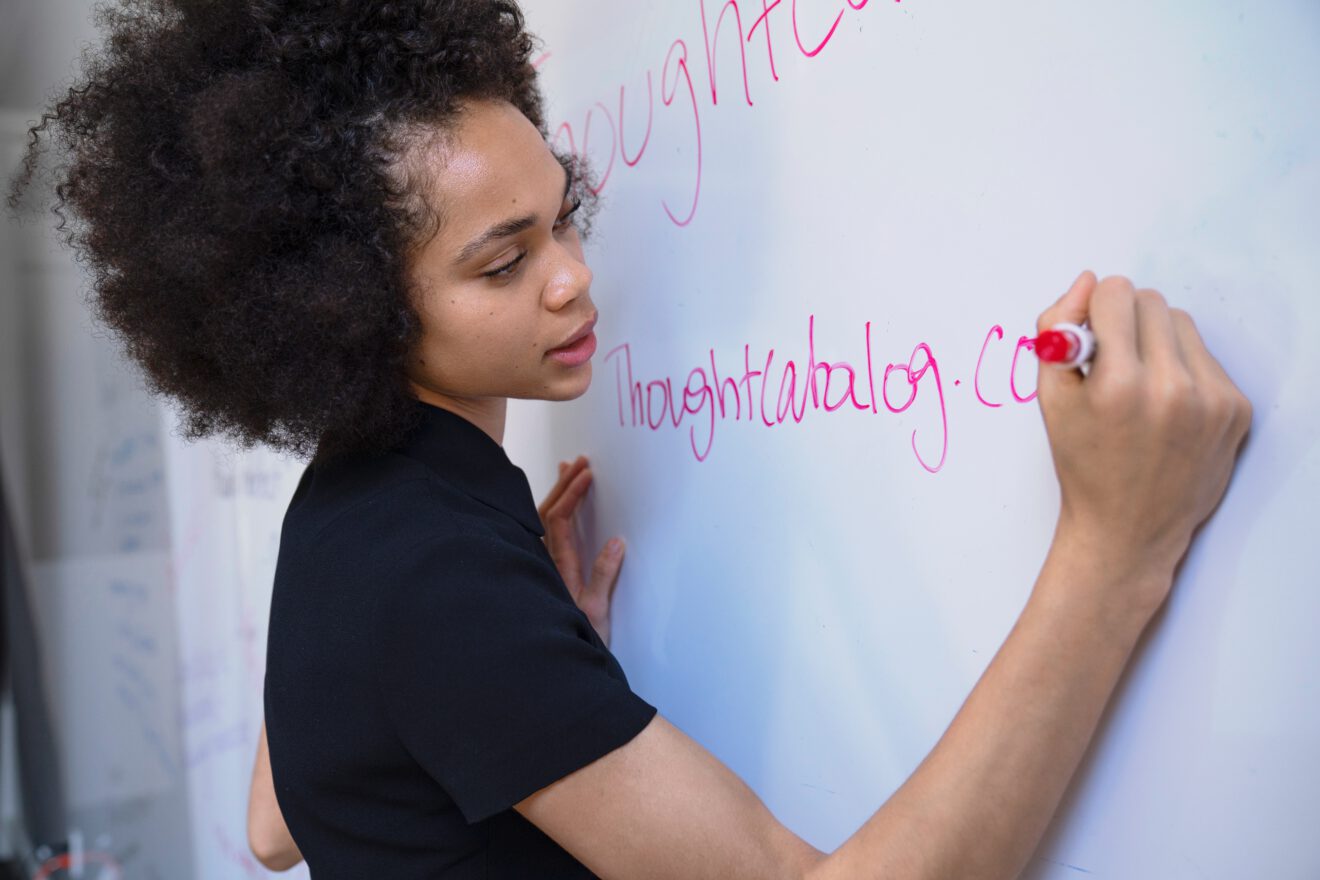Sign up for our daily edtech news briefing today, free.
Like many principals across the nation, I’m grappling with a shortage of educators. The shortage is especially acute when it comes to teachers who look like the predominantly Latinx community in Marshalltown, Iowa, where my school is located.
Many of the students at Marshalltown High School don’t see themselves in the role of teacher because their teachers don’t look like them. This is not just a matter of personal preference: Research shows that being taught by teachers of the same race or ethnicity has a positive impact on students’ achievements, test scores, attendance, and referrals to gifted and talented programs.
To create a pipeline of teachers who are familiar with (and familiar to) our community, two years ago, my district implemented a pathway for our students to become educators in their own backyard. At the end of this program, students are guaranteed an interview for an educator position at a school in Marshalltown. Here’s how we’re addressing the teacher shortage by “growing our own.”
Establishing Readiness
Before students can enter our teacher career track, they have to prove that they’re ready. We follow AASA’s Redefining Ready! Program, which has established indicators to determine whether a student is college- and career-ready.
College-ready indicators begin with students having a GPA of 2.8 out of 4.0 or success on college entrance exams. Career readiness is determined by more behavioral-based indicators, such as having 90% school-year attendance, 25 hours of community service and workplace learning experience.
We use Forecast5 Analytics to track school attendance. This lets us gauge whether a student will be a reliable teacher based on their current attitude toward attending school. We use Transeo to track students’ community service hours. Students use the phone app to log time, and then their participation supervisors can verify their submission. We believe that if students participate in community service locally, that exposure will entice them to stay around as teachers.
Three Teaching Pathways
Students can begin to explore an education career in three pathways: early childhood, elementary, and secondary. One of our district staff teaches early childhood education at the high school, and students who complete the course earn a certificate to be an early childhood associate in daycare centers or preschools. Another high school staff member teaches elementary and secondary education where students start with Introduction to Education and, in their second semester, they do student-teaching internships in classrooms with teachers to determine if this is the area they prefer.
With the number of general education college classes available on the MHS campus, students need to spend one more year at Marshalltown Community College. The private college, Buena Vista University, has a satellite campus at the community college so Marshalltown students can complete their teaching certification completely in Marshalltown.
Building a teacher pipeline in your community starts with educators showing their passion for working with students. We need to present the value of being a teacher, especially in these teacher shortage areas.
This is just our second year implementing the pathways. Next year, our first round of students would potentially begin their junior year at BVU or University of Northern Iowa. I will begin reviewing our education pathway in the fall of 2020 to learn where our first group landed in their junior year. We will check in on these students and their progress. I’ve already had a glimpse of what their future might be: I recently hired an MHS alumnus in the math department, and I look forward to hiring more.
Jacqueline Wyant is the principal of Marshall High School in Marshalltown, Iowa, where they use Transeo to track students’ community service hours.
_____________________________________________________________________________
Like this article? Sign up for ASCD SmartBrief to get news like this in your inbox, or check out all of SmartBrief’s education newsletters, covering career and technical education, educational leadership, math education and more.
